Este artículo está también disponible en / This post is also available in: Spanish
The world, and Latin America and the Caribbean (LAC) in particular, is already living the devastating physical, ecological and socio-economic consequences of climate change. High concentrations of people and economic activity make cities in our region vulnerable to climate-related shocks, This means that our cities are called to be critical players in the region’s decarbonization efforts.
Although many of our cities are at the forefront of better planning and design of environmental policies to mitigate and adapt to the consequences of climate change, financing still remains an impending bottleneck. Globally, an estimated USD93 trillion is needed to finance low-emission resilient infrastructure with 70%of this value to be invested in urban areas. Similarly, at an annual cost of around USD4.5 trillion to USD5.4 trillion per year, cities will need to dedicate an important part of their budgets to climate proofing, much above pre-pandemic annual investments.

Although wide differences exist across countries in LAC, three structural trends have contributed to rising demand for subnational finance in the region:
- Decentralization in many countries has given subnational entities increasing spending responsibilities, revenue raising authority and the capacity to incur debt.
- Given its high level of urbanization (81%), the region requires substantial investment in large-scale quality resilient infrastructure – which at 2.5% of the region’s GDP, stands well below other emerging economies.
- Subnational debt markets have undergone progressive transformation.
How are cities financed?
Cities in the region leverage their funding from a variety of sources, which could be divided into two large blocks:
1. Local, regional or national resources: Cities draw from own-source revenues (such as property taxes, rents from existing assets and a variety of fees), fiscal transfers from national or regional governments, and domestic resource mobilization.
2. Through loans and grants: Cities also finance some of their infrastructure needs through a mix of lending and grant resources made available through national ministerial programs or financial intermediary entities. However, private finance and subnational finance remain still underused.

Four emerging instruments to finance green cities:
Today we start a series of blogs on subnational financing that seek to inspire LAC cities that are looking for alternatives to finance their projects and programs aimed at meeting both local and national environmental objectives.
We begin this series by sharing four emergent instruments which hold great potential to fund the greening of cities in the region. Do not miss them!
1. Subsovereign Debt:
Subnational lending from international capital markets is selectively available to cities in the region, subject to national laws and policies. Subnational lending is often accompanied by a sovereign guarantee, which provides comfort to lenders, improves terms, and lowers the cost of loans. However, this restricts the ability of many cities to access resources, implement the vision of local leaders, and is dependent on the sovereign’s priorities and limits. Accessing sub-sovereign debt requires the application of sound-banking principles, which often translates into municipal creditworthiness, robust capacity to demonstrate predictable revenue streams and efficient revenue collection, good financial planning and management, and the ability to prepare and execute a bankable pipeline of projects.
While few large and medium-sized cities in the region respond to this profile (cities like Sao Paulo or Mexico City already hold credit ratings that back their municipal bonds, but also Barranquilla or Mendoza), a substantial number holds increasing potential. To realize this potential, international financial institutions can support capacity and structural reform programs that strengthen project preparatory, financial management and governance capabilities at city level, and simultaneously develop subnational debt and risk sharing/mitigation (e.g. guarantee funds) instruments to address uncertainties (e.g. exchange-rate risk).
2. Municipal Development Funds:
Municipal development funds can provide a transitioning path to achieving readiness for subsovereign debt. Extensively used in OECD countries, but also in other emerging economies, municipal development funds are established at national level in the form of a financial intermediary channeling resources in a mix of loan and/or grant resources, and in some cases, provide blended finance. Although their operating and financing mechanisms vary from country to country, these funds have proven instrumental in promoting fiscal discipline and in generating capacities for project development, repayment and credit histories. In the region, FINDETER in Colombia and PARANACIDADE in Brazil are 2 outstanding cases. While operationally some can also channel fiscal transfers, municipal development funds require the establishment of sound regulatory frameworks on subnational borrowing, adequate prudential limits, and transparent assessment and approval mechanisms for local government borrowing.
3. Land- Based Instruments:
For many cities, land is a primary – often insufficiently tapped – asset that, if appropriately managed, can be turned into an important source of revenue. Simultaneously, cities hold critical planning and permitting responsibilities, which when combined with strategic land asset management, can unlock significant public and private financing in the form of land value capture. This approach seeks to capture part of the increase in land and property value resulting from public infrastructure investment or administrative action (e.g. rezoning) from private owners. This can take different forms, for example:
- Betterment levies: widely used and accepted in Colombia, allow charging of additional resources from benefitting owners.
- Development levies: can be secured from developers in exchange for a planning permit.
- Certificates of Additional Construction Potential, used in Brazil, allow for special zoning and building rules.
Prior projections of gains may allow municipalities to borrow or issue bonds against future revenues (e.g. tax-increment financing). Beyond land use functions, such instruments can generate motivation for cities to place greater emphasis on overall land portfolio management, to strengthen land registration and land valuation systems, and to update their cadasters.
4. Public-private-partnerships:
Often deriving from the potential held by unutilized municipal land and physical assets, public-private partnerships remain a marginal source of financing green development in cities in LAC. However, private sector financing will be critical in the fight against climate change.
Although some projects contributing to decarbonization in cities (e.g. public LED lighting in Chile, light railways in Brazil) have been financed in the region, rarer are the instances in which private sector is partnering in the implementation of resiliency and adaptation measures. One case worth mentioning is that of Semeia Institute, which supports PPP structuring in park management. Enabling environments attracting private investors need of transparent regulatory mechanisms, and in the case of adaptation project finance also require improved and standardized definitions, accounting methodologies, data, and credible and coordinated monitoring of climate change commitments.
Mayors Forum 2023: Financing sustainable development in cities
On April 26, the IDB Cities Network organized its annual Mayors Forum in the city of Denver, USA. This year, and under the motto “Financing sustainable development in cities”, the IDB brought together close to forty mayors from the region to strengthen the leadership of cities in the region in access to financing through the exchange of knowledge and experiences.
Below, in the related content section, you can find all the articles that are part of this series on subnational financing. Don’t miss it!
Related content:
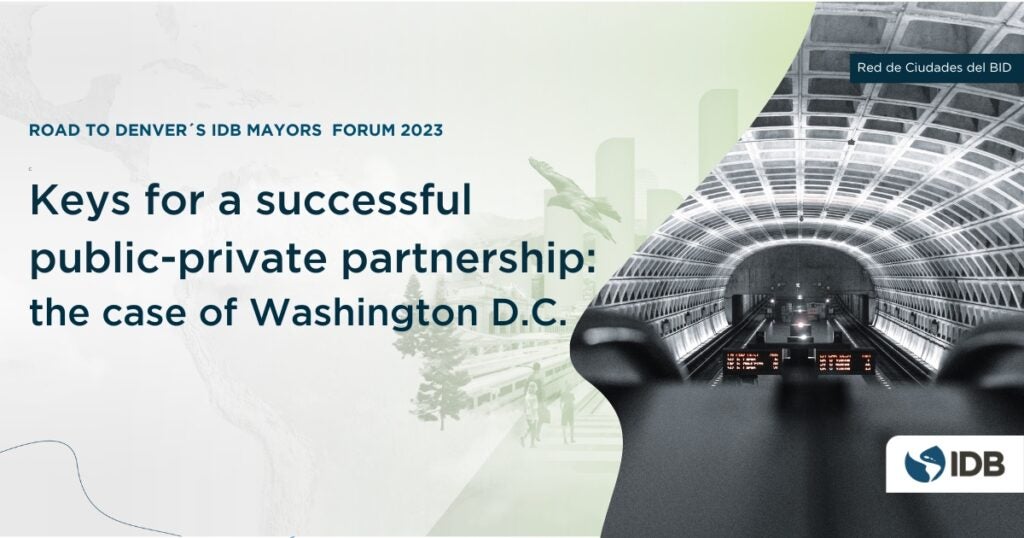
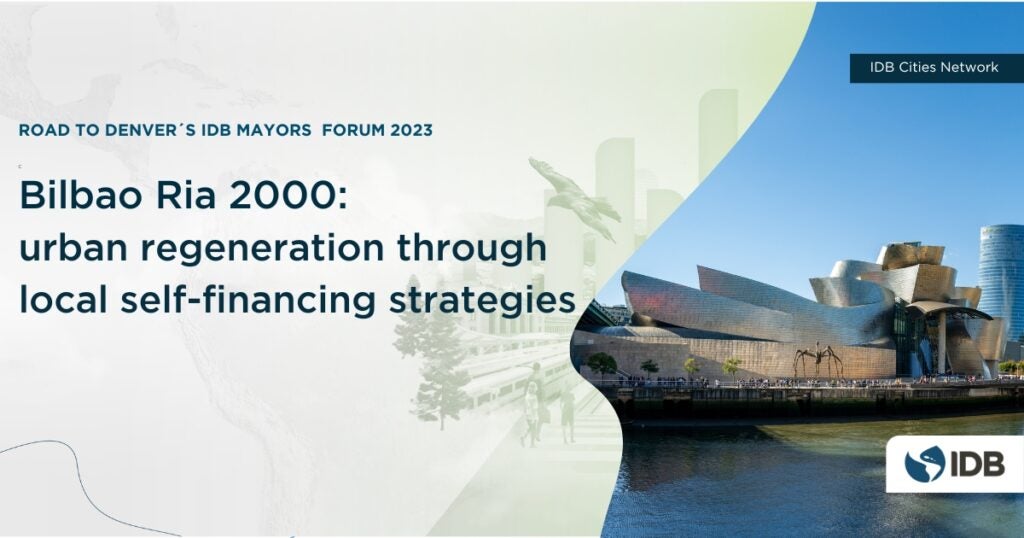
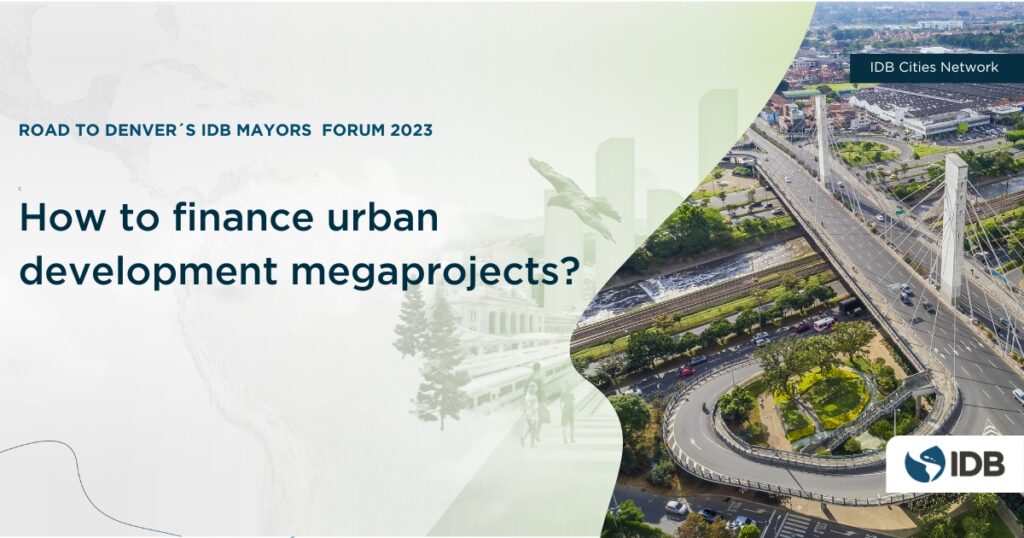
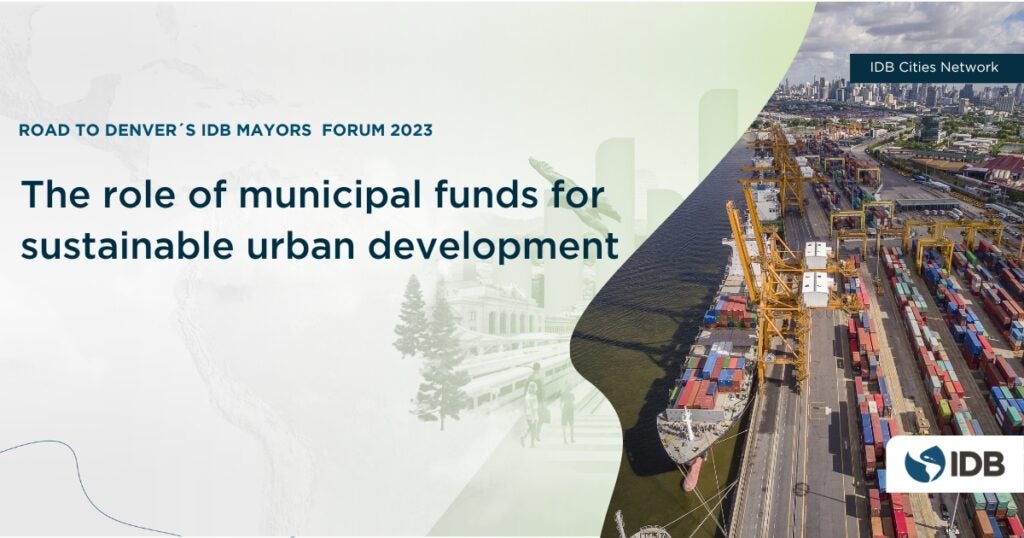
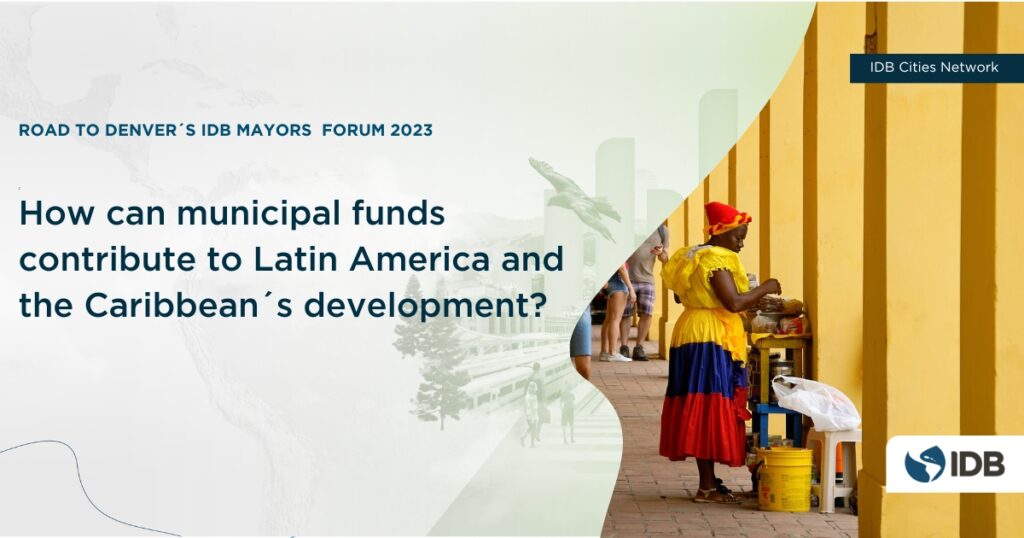
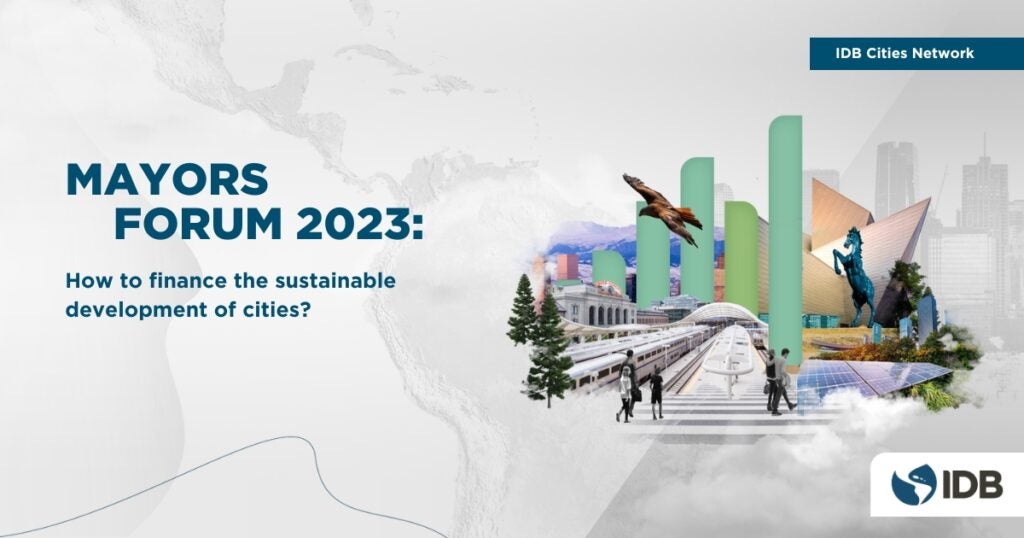

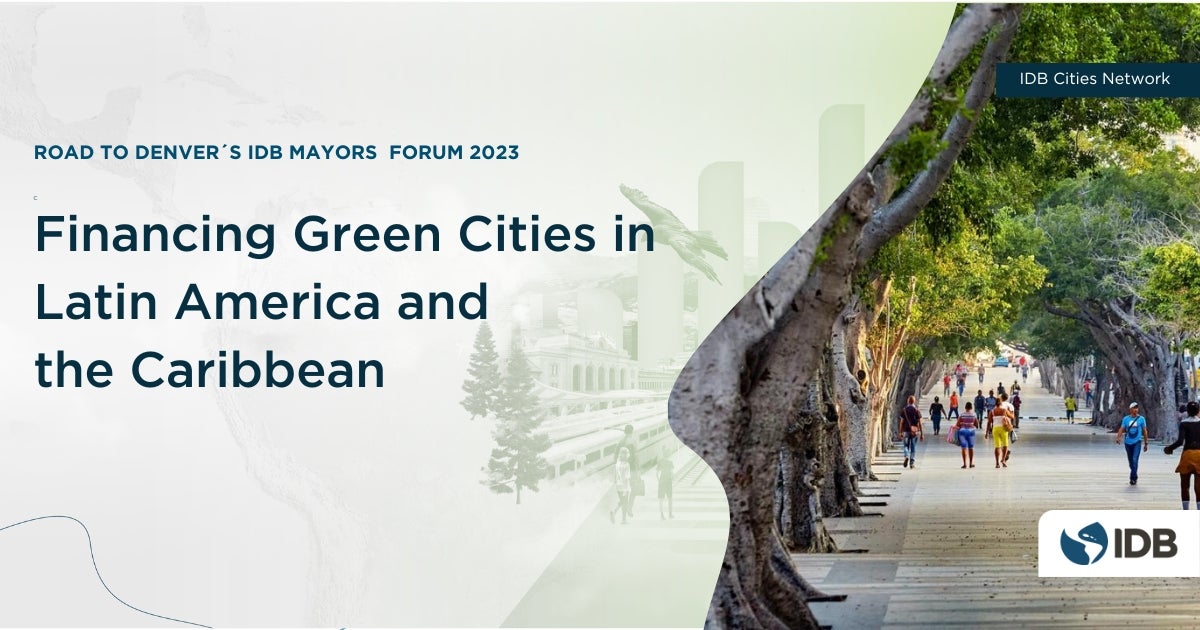
Leave a Reply